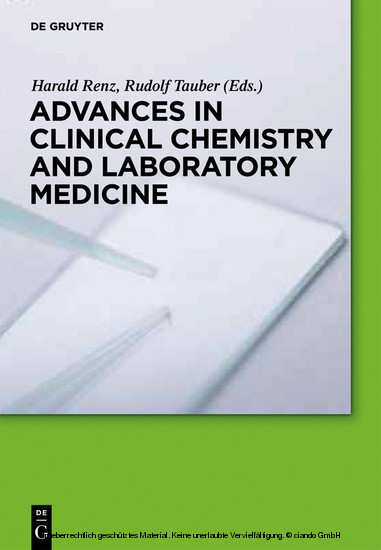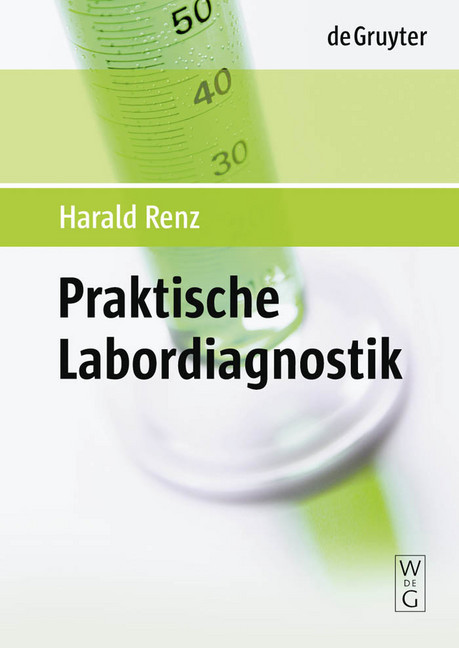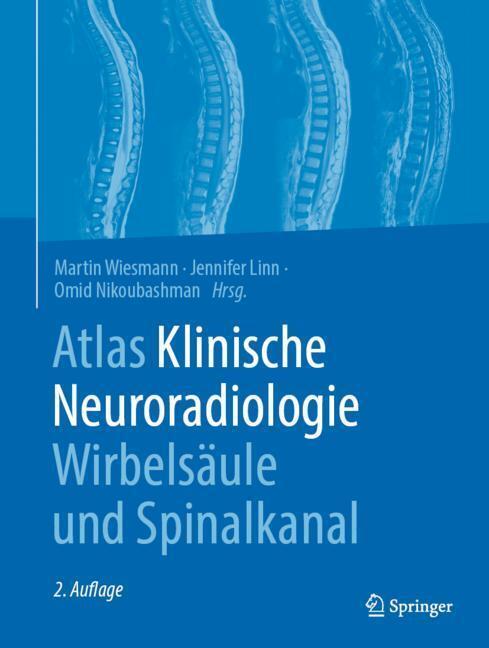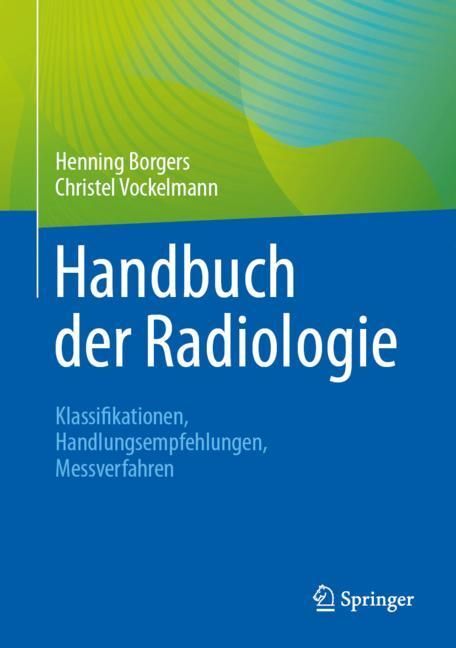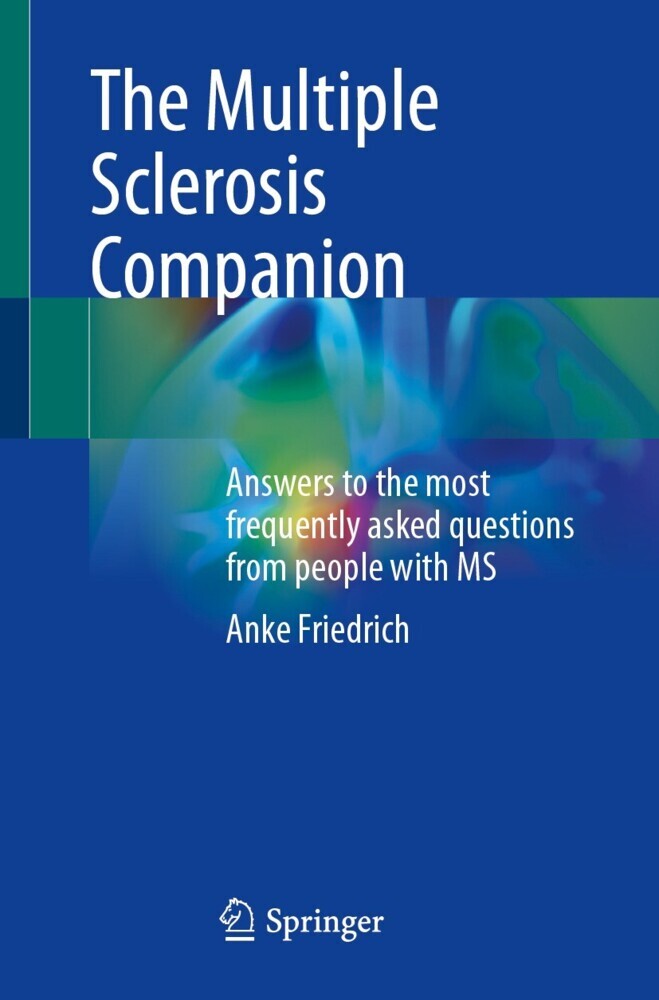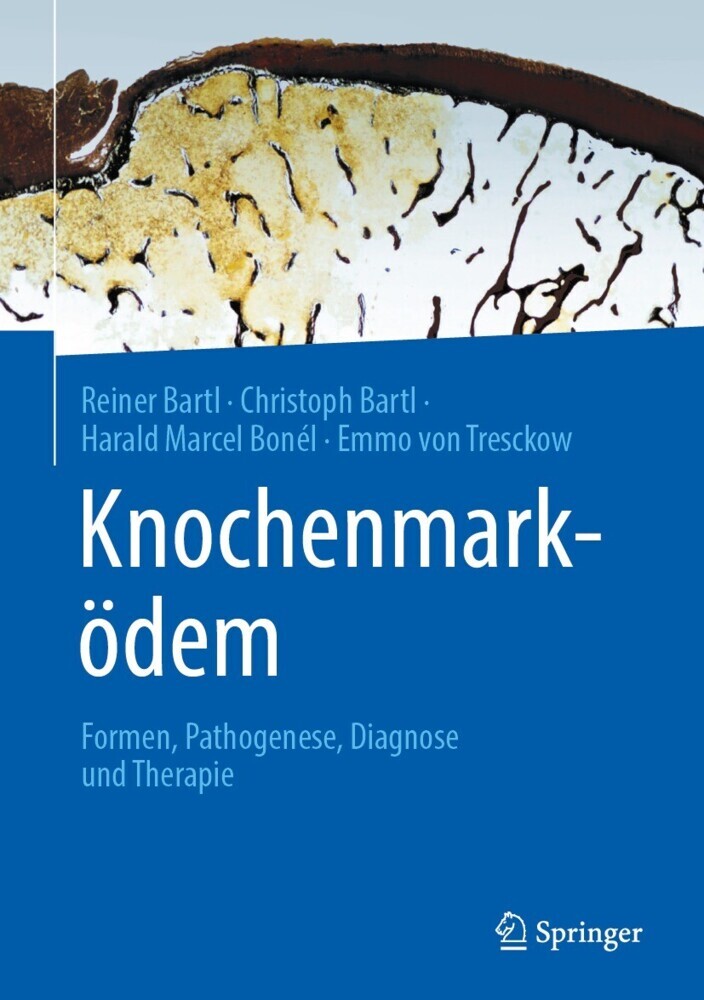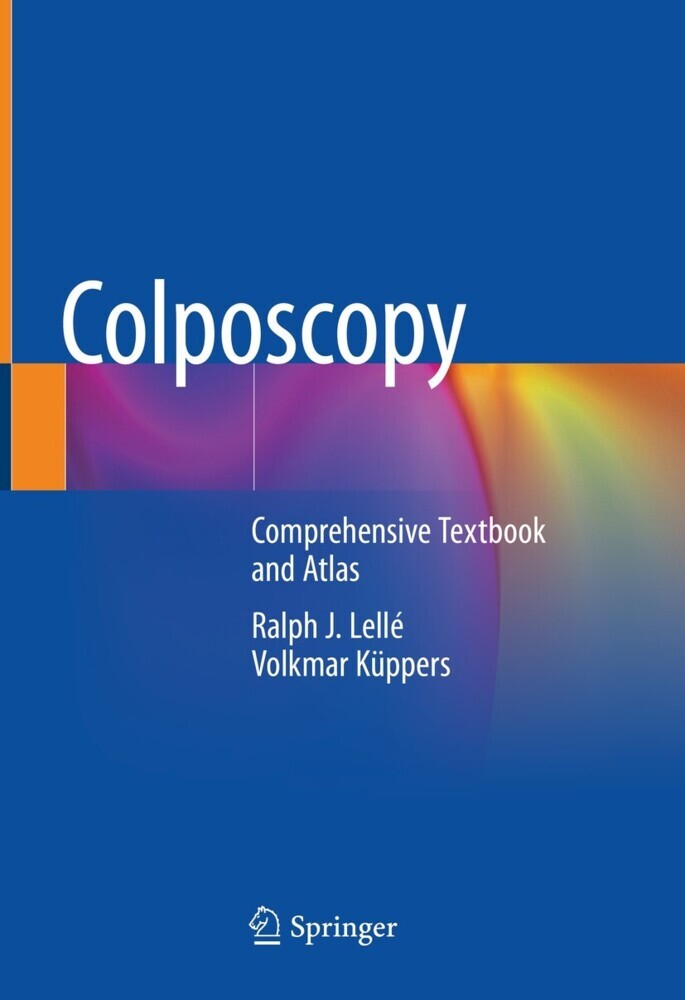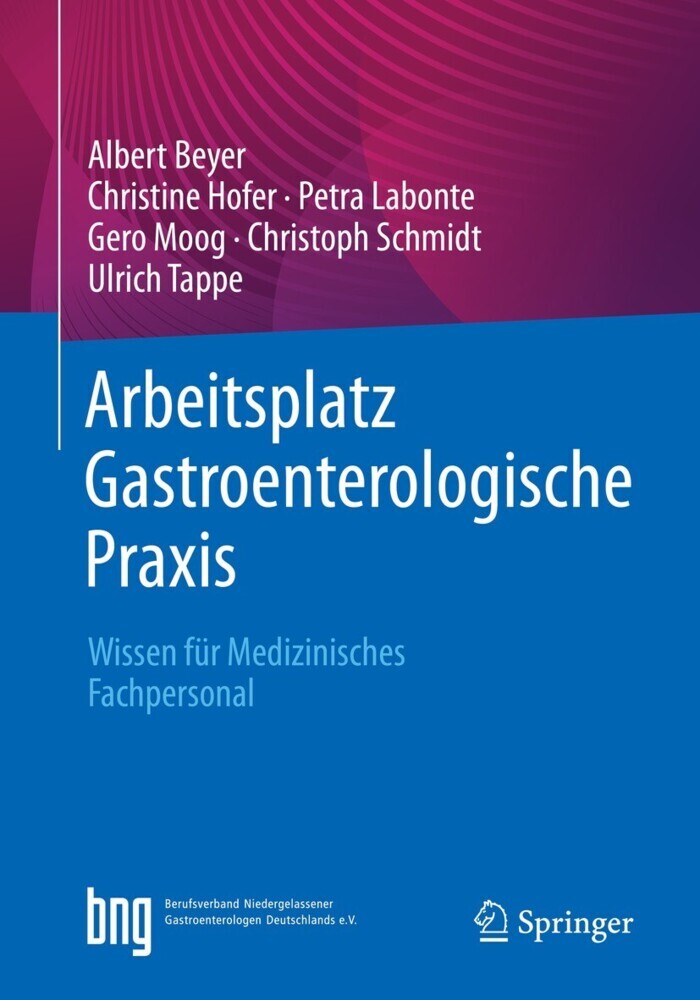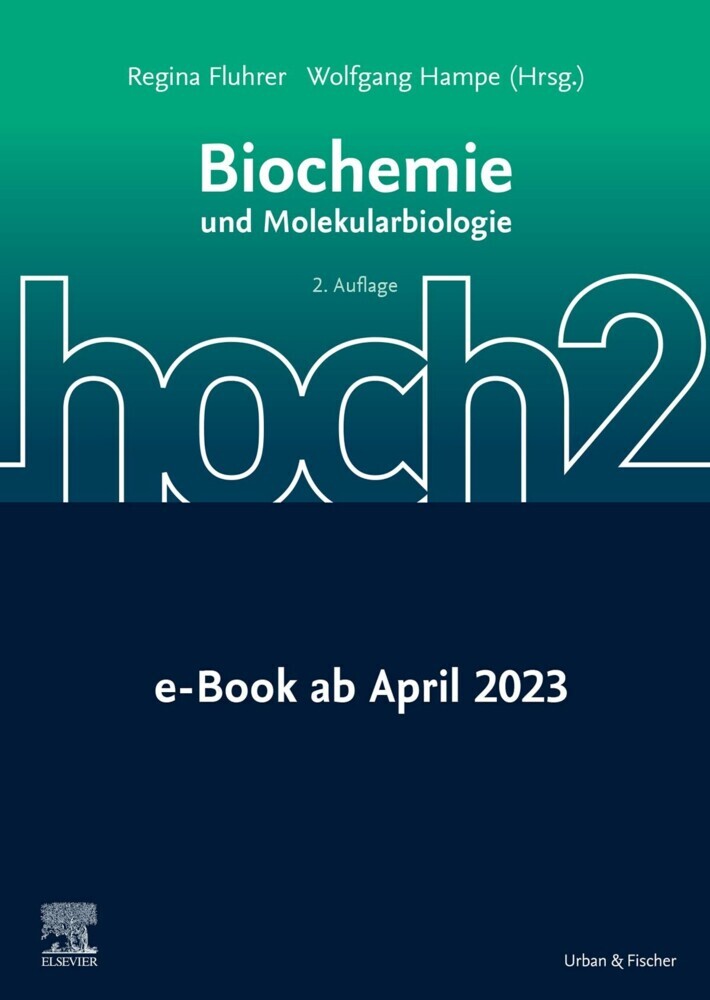Immunodiagnostics and Patient Safety
Immunodiagnostics and Patient Safety
Today most of immunochemistry methods for the determination of proteins, peptides, drugs, and many small molecules are fully automated, with good precision, excellent sensitivity and short reaction time. However, inaccuracy due to poor standardization and the presence of interfering substances in biological samples is still a serious and life-threatening issue. Deep knowledge of basic principles of immunochemical methods, sources of analyte-independent interferences and analyte-dependent interferences are very important to understand, detect, reduce and/or eliminate the interferences. This book helps to reduce false results, improve patient's care and patient's safety.
Krystyna Sztefko, Jagiellonian University, Krakow, Poland.
1;Contents;6 2;Preface;10 3;Abbreviations;12 4;Part I - Immunoassay: Theory, practice, and patient safety;14 4.1;1 Immunochemical methods - Basic principles and definitions;16 4.1.1;1.1 Antibody as immunoassay reagent;16 4.1.2;1.2 Antigen as immunoassay reagent;20 4.1.3;1.3 The course of the immunochemical reaction;20 4.1.4;1.4 Immunoassay formats;22 4.1.5;1.5 Labels in immunochemical reactions;27 4.1.6;1.6 Separation of bound and unbound fractions;27 4.1.7;1.7 Other technologies based on the antigen-antibody reaction;28 4.1.8;1.8 Basic theory of immunoassay and patient safety;29 4.2;2 Immunoassay standardization;30 4.2.1;2.1 Reference materials for small molecules;30 4.2.2;2.2 Reference materials for proteins;31 4.2.3;2.3 Reference methods;32 4.2.4;2.4 Reference methods for heterogeneous proteins;33 4.2.5;2.5 Traceability;33 4.2.6;2.6 The uncertainty of measurement;34 4.2.7;2.7 Epitope as a solution for better standardization;36 4.2.8;2.8 Harmonization of immunoassays;37 4.2.9;2.9 Immunoassay standardization and the patient's safety;37 4.3;3 Immunoassay calibration and calibration curve fitting;40 4.3.1;3.1 Calibration process;40 4.3.2;3.2 Commutability problem;41 4.3.3;3.3 Matrix effect;41 4.3.4;3.4 Calibration and patient safety;42 4.4;4 Reference intervals and immunoassay;44 4.4.1;4.1 General problems with reference intervals for analytes measured by immunoassay;44 4.4.2;4.2 Limitation of different approaches to reference intervals;45 4.4.3;4.3 Reference intervals and patient safety;46 4.5;5 Laboratory preanalytical and analytical phase of immunoassay;48 4.5.1;5.1 Laboratory preanalytical factors and immunoassay;48 4.5.2;5.2 Blood collection devices;49 4.5.3;5.3 Anticoagulants;50 4.5.4;5.4 Hemolysis, lipemia, hyperbilirubinemia, paraproteinemia, and immunoassay;50 4.5.5;5.5 Analyte stability in fresh and frozen serum samples;51 4.5.6;5.6 Analytical phase in immunoassay measurement;53 4.6;6 Human natural antibodies and immunoassay;56 4.6.1;6.1 The human immune system;56 4.6.2;6.2 Chemical structure of immunoglobulins;57 4.6.3;6.3 Antigen-combining site and complementarity-determining regions;58 4.6.4;6.4 Genes for immunoglobulin variable regions;59 4.6.5;6.5 Diversification of immunoglobulins in vivo;60 4.6.6;6.6 Natural antibody against exogenous (nonself ) and endogenous (self ) antigens;61 4.6.7;6.7 Natural antibodies and patient safety;64 4.7;7 Immunoassay interference - How to recognize, eliminate, or reduce it;66 4.7.1;7.1 Definition and prevalence of interference in immunoassay;66 4.7.2;7.2 Cross-reactivity versus interference in immunoassay;67 4.7.3;7.3 Analyte specific and nonspecific binding proteins as a source of interference in immunoassay;72 4.7.4;7.4 Autoantibodies as a source of interference;76 4.7.5;7.5 Nonimmune IgG complexes as a source of interference;79 4.7.6;7.6 Interference from heterophilic antibodies;82 4.7.7;7.7 Detection of heterophilic antibodies in the patient's sample;91 4.7.8;7.8 Methods used for removal or inactivation of interfering heterophilic antibodies;102 4.7.9;7.9 High-dose effect (hook effect, prozone effect);105 4.7.10;7.10 Low-dose hook effect;108 4.7.11;7.11 Interference from heterophilic antibodies and patient safety;109 4.7.12;7.12 Interpretation of immunoassay results is an art;110 4.8;8 Immunoassay and patient safety;116 4.8.1;8.1 Fallibility of immunoassays;116 4.8.2;8.2 Know your immunoassay;118 4.8.3;8.3 Basic knowledge on critical points in immunoassay for physicians;123 4.8.4;8.4 Immunoassay in research;126 4.8.5;8.5 Who is responsible for the patient's safety?;126 5;Part II - Immunochemistry measurements in practice: Examples of problems in some current immunoassays;128 5.1;Example 1 Parathyroid hormone (PTH) - Heterogeneity as a major problem in PTH measurement by immunochemistry;130 5.2;Example 2 Human chorionic gonadotropin (hCG) - Problems of heterogeneity and lack of standardization;136 5.3;Example 3 Troponin measurement by immunoassay - Problem of low assay sensitiv
Sztefko, Krystyna
| ISBN | 9783110249484 |
|---|---|
| Artikelnummer | 9783110249484 |
| Medientyp | E-Book - PDF |
| Copyrightjahr | 2011 |
| Verlag | Walter de Gruyter GmbH & Co.KG |
| Umfang | 172 Seiten |
| Abbildungen | 15 schw.-w. Abb., 10 schw.-w. Tab. |
| Sprache | Englisch |
| Kopierschutz | Digitales Wasserzeichen |


